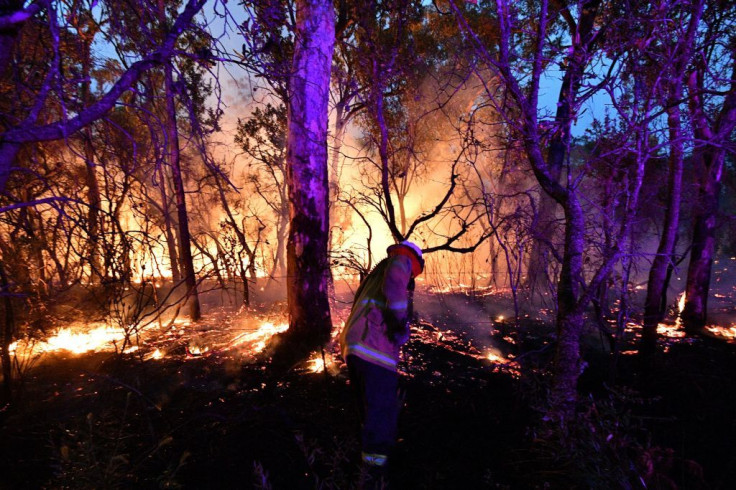
For months now, Australia has been experiencing drought and major raging wildfires that have ravaged 17.9 million acres, destroyed more than 3,000 homes, and killed 28 people. As per statistics, over one billion animals have perished since the first wildfire, which occurred in September 2019. But relief is on the horizon, as Australia has finally received its first significant rainfall that has aided in extinguishing many wildfires.
Since September last year, firefighters in the country had been working tirelessly to bring the 120 blazing bushfires under control and have finally received at least some respite thanks to the heavy rain in New South Wales. It has extinguished 32 bushfires, so now, the number of blazes has come down from 120 to 88.
According to the Bureau of Meteorology, Australia will be witnessing more rainfall of 30 and 80mm in the east of New South Wales, between Thursday and Sunday, bringing further relief to the firefighters who have been striving to subdue the deadly flames.
A majority of the “good falls” will take place in the state of New South Wales, as reported by the local meteorology bureau and will certainly aid in bringing some relief there as it is the part of the country where many of the worst bushfires have occurred.
“Relief is here for a number of firefighters working across NSW. Although this rain won’t extinguish all fires, it will certainly go a long way towards containment,” tweeted the New South Wales Rural Fire Service.
Relief is here for a number of firefighters working across NSW. Although this rain won’t extinguish all fires, it will certainly go a long way towards containment. This footage was captured down at the Good Good Fire burning near Cooma. #nswrfs #nswfires pic.twitter.com/fxV9u2hN6K
— NSW RFS (@NSWRFS) January 16, 2020
“The hit & miss nature of thunderstorms means it’s difficult to forecast exactly where the heaviest rain will be—some parts of bushfire & drought-affected eastern Australia could see 50–100 mm over the next few days; while others may see very little,” as reported by the meteorology bureau. Even though New South Wales and Victoria, have received approximately 15mm of rain, more than 80 of them are still burning in the New South Wales area and 18 in Victoria.
But while the rain is helping in tackling the wildfires, it can also result in landslides and as well as more fires because of the lightning.
"Thunderstorms, a bit of a two-edged sword. While they can bring some much useful rain, it can also come down in pretty fast, high quantities," Bureau of Meteorology senior meteorologist Kevin Parkyn explained. "There's high concentrations of ash, very vulnerable landscape when it comes to short bursts of heavy rainfall - which could see very quickly mudslides developing."
"While the rain is welcomed, heavy rainfall and storms in fire-affected areas can lead to dangerous conditions such as a higher risk of flash flooding, falling trees, and landslips," assistant commissioner Paul Bailey said. "In areas impacted by fires where vegetation has been destroyed, water from heavy rainfall can flow into riverbeds and we could see run-off in areas we wouldn't normally, resulting in flash flooding."
© 2025 Latin Times. All rights reserved. Do not reproduce without permission.



